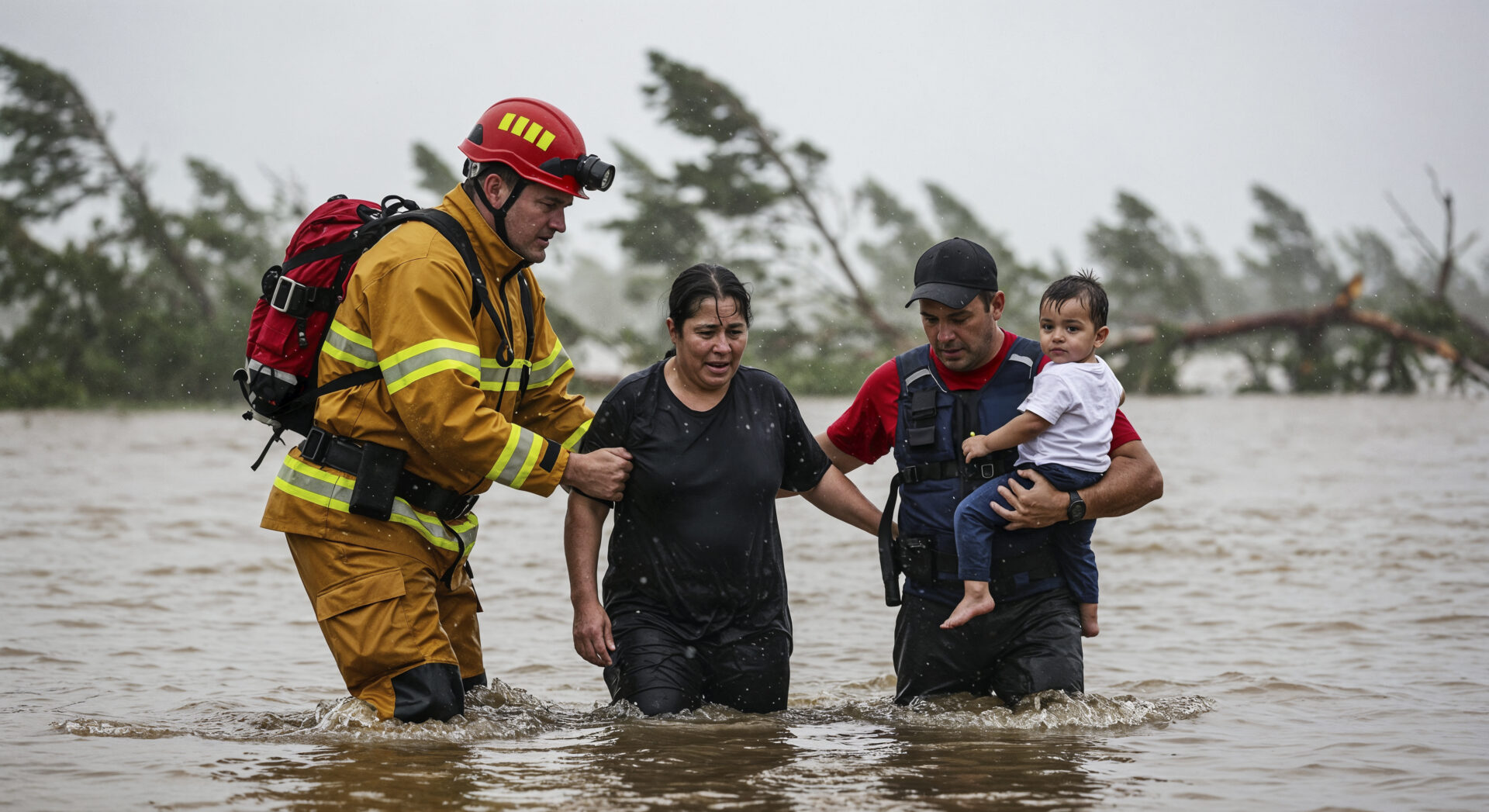Table of Contents
Flooding is among the most destructive natural disasters, impacting millions of individuals globally every year. Flooding not only leads to economic losses but also endangers lives, health, and the environment. Though both urban and rural landscapes are exposed to flooding, causes in these two environments tend to vary because of differences in geography, land use, and human action. Knowledge of these causes is vital to establish effective ways of avoiding and handling floods.
Natural Causes of Flooding
Heavy Rainfall
Extended or heavy rainfall is the most frequent cause of floods. When rainfall exceeds the soil’s capacity for absorption, excess water collects and produces surface runoff. In rural landscapes, waterlogging and river overflow result from saturated soil. In urban areas, rainfall overpowers insufficient drainage facilities, filling streets and buildings with floodwaters.
River Overflow
Rivers overflow their banks naturally during times of heavy rain or snowmelt. In the countryside, this can flood farmland and villages. In cities constructed along riversides, flooding rivers can interfere with transportation, destroy buildings, and relocate people.
Snowmelt and Glacial Melting
In colder climates, sudden spring snowmelt can flood rural rivers. Glacial melting due to climate change has also intensified, leading to flash floods in rural as well as semi-urban mountain regions.
Storm Surges and Coastal Flooding
Coastal locations, be they rural coastal villages or urban coastal cities, are extremely susceptible to flooding due to cyclones, hurricanes, or tsunamis. Seawater is driven inland by strong winds, resulting in widespread flooding.
Human-Induced Causes of Flooding
Urbanization
In urban areas, urban growth has changed natural land surfaces to concrete and asphalt. These are not permeable and do not allow rainwater to flow into the ground. Therefore, water easily ponds and overflows over drainage systems, leading to urban floods.
Poor Drainage Systems
Poor or blocked drainage systems are one of the primary reasons for urban flooding. Plastic, solid waste, and trash commonly clog sewer lines, diminishing water flow. In rural settings, improper irrigation and drainage channels also result in localized flooding.
Deforestation
Forests are natural buffers that soak up rainwater and mitigate surface run-off. Rural deforestation on a large scale to cultivate fields or construct buildings denudes the soil and makes it vulnerable to run-off, raising flood risks downstream.
Encroachment on Water Bodies
Wetlands, ponds, and natural watercourses are filled and developed for residences or commercial purposes in most cities. This diminishes natural water-holding capacity, making urban landscapes more susceptible to flash floods.
Climate Change
Global warming has increased rainfall patterns and raised sea levels, leading to more intense and frequent floods. Rural agricultural communities and coastal cities are equally feeling the impacts of these changes.
Conclusion
Flooding in urban and rural regions is the result of both natural and human factors. Even though heavy precipitation, river inundation, and storm surge are natural causes, deforestation, bad urban planning, and poor drainage systems exacerbate them. The risks could be minimized if governments and communities joined forces to practice sustainable land management, enhance drainage facilities, and invest in disaster preparedness. Dealing with these causes is not so much about defending property as it is about defending human life and working towards long-term climate resilience.

